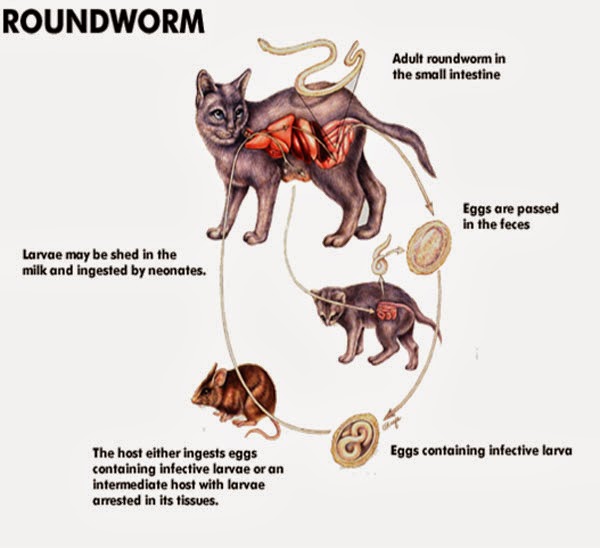

Anecic earthworms grow to between three and six inches long, and they are very commonly found in the average home garden. This is especially common in various grasslands, although these are also the type of worm that people use for bait. Once they digest their food, the castings provide vital nutrients to the plants surrounding the area, which is why it is so healthy for plants to have these worms underneath the soil. Their burrows can be up to five or six feet deep in the soil, and they are also known as subsoil dwellers. They actually drag the soil’s organic matter to the surface into their burrow to eat, and they also eat the soil itself. The decaying matter found on the top part of the soil is what these earthworms eat, and an example is the Lumbricus terrestris, or the common nightcrawler, as well as dew worms and blackhead worms.
/cdn.vox-cdn.com/uploads/chorus_image/image/1957489/worms-revolution-farm.0.jpg)
Anecic EarthwormsĪnecic earthworms usually make vertical tunnels in the ground, so you can recognize them by the mounds of dirt that surround the tunnel entrances. Here’s our list.īasic Species of Earthworms 1. Instead, I researched and list the 3 main species followed by the 3 main types as to their function (compost, earth-worker and root-dwelling worms). Obviously I couldn’t possibly list all of those. While I break down worm types into 9 types of worms, there are actually over 1 million species of worms. See my Affiliate Disclosure for more details. If you click on one and buy something, I may earn from qualifying purchases. Note: This post may contain affiliate links which will take you to online retailers that sell products and services.


 0 kommentar(er)
0 kommentar(er)
